eVTOL Introduction
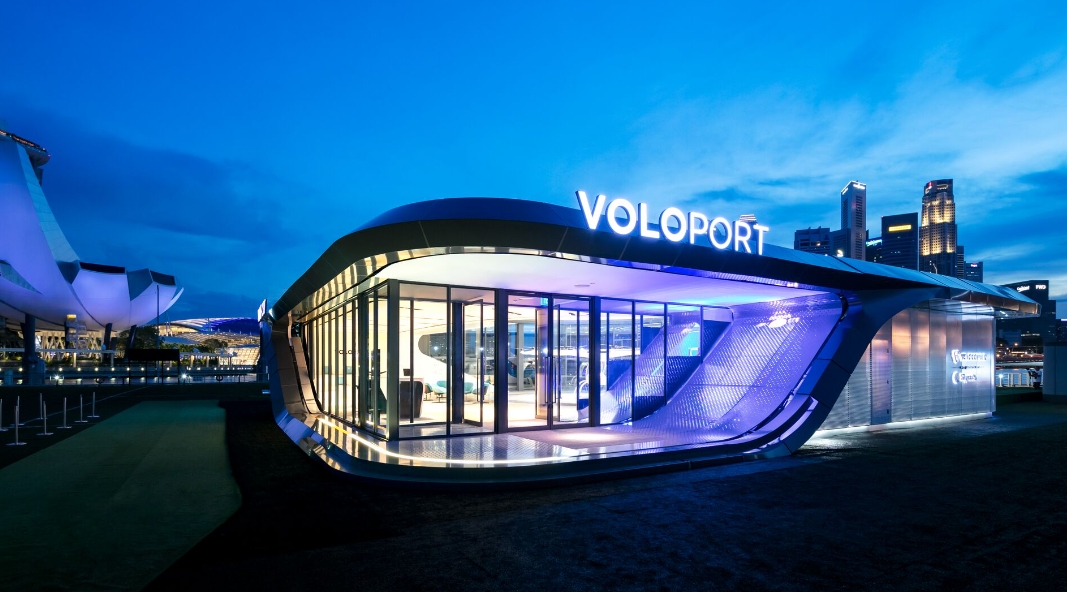
VOLOPORT multicopter dispatch hall in Singapore
(Mit freundlicher Genehmigung/Courtesy of Volocopter GmbH [Media Hub])
Management Summary
An electrorevolution is also taking place in the aircraft industry. Rapid advances in the energy density and production costs of lithium-ion cells are enabling a new category of electric aircraft that can take off and land vertically. These so-called eVTOL (electrical Vertical Takeoff and Landing) aircraft require no elaborate infrastructure, making them enablers for a new market segment in aviation called Advanced Air Mobility (AAM) by NASA [1]:
The main AAM features are
- Sustainable air transportation at low altitudes (up to approx. 3000 m) and over short distances (up to approx. 800 km)
- Applications include the transportation of people and goods as well as work in the air
Market research companies expect high sales in the future AAM segment [2]:
- Marketsandmarkets (Market Research) forecasts to be ~$9 billion in revenue by 2030
- Morgen Stanley (Investmanbank) sees sales of ~$1 trillion in 2040
- eVTOL without wings typically have a capacity of 1-2 people and are referred to as multicopters.
- eVTOL with wings are designed to carry 1-6 people and are thus typically larger than multicopters.
Both types of design have advantages and disadvantages. Multicopters have almost unlimited maneuverability and can also fly backwards or sideways at high speed. Vertical wing launchers can only fly forward at high speed, but have a much greater range.
Two classes can also be identified in terms of business models:
- Most startups focus on commercial aviation, i.e. they produce eVTOL aircraft to sell to airlines such as United Airlines or Lufthansa (B2B). Some startups, such as the German company Volocopter, plan to build their own flight service in addition to sales (B2C).
- The remaining startups focus on private private aviation, meaning they want to sell their vertical take-offs to private pilots (B2C). The Swedish company Jetson Aero is the pioneer here, the company already sells a single-seat multicopter to private pilots since 2022. Be fascinated by this flight video.
There is a certain correlation between the type of construction and the business model: the larger wing-based eVTOL are predominantly developed for commercial aviation and the smaller multicopters for private customers.
But here too, exceptions prove the rule.
eVTOL without Wings (Multicopter)
Vertical take-off aircraft without wings are also known as multicopters and are designed like enlarged toy drones. Vertical propellers provide both lift (“aircraft does not fall down”) and propulsion (“aircraft moves forward”).

Fig. 1 – First flight Volocopter prototype in 2011
(Mit freundlicher Genehmigung/Courtesy of Volocopter GmbH [Media Hub])

Fig. 2 – Volocity from Volocopter
(Mit freundlicher Genehmigung/Courtesy of Volocopter GmbH [Media Hub])
Back in 2011, the 1st manned multicopter flight took place with a prototype of the German company Volocopter, making Volocopter the pioneer among multicopter start-ups. The flight model at that time was built from toy drone components, which can be clearly seen in Fig. 1.
In many iteration steps, the prototype was developed into today’s 2-seat multicopter Volocity (Fig. 2).
The Volocity has already completed a very high number of manned test flights in various countries. The first commercial use was originally planned for 2024 at the Olympics in Paris, but this date could not be met due to a lack of type approvals, among other things.

Fig. 3 – Ehang test flight in Spain
Mit freundlicher Genehmigung/Courtesy of Guangzhou EHang Intelligent Technology Co. Ltd. [Homepage])

Fig. 4 – Jetson ONE from Jetson Aero
(Mit freundlicher Genehmigung/Courtesy of Jetson AB [Homepage])
Multicopter startups have also been founded in Asia and other countries in Europe.
In China, the company Ehang is developing a wingless vertical takeoff aircraft with performance comparable to the Velocity. Ehang has already been able to conduct a number of test flights, including one in Spain (Fig. 3). Similar to Volocopter, Ehang is addressing commercial aviation with its multicopter.
The Swedish company Jetson Aero is an example of a start-up focusing on private aviation. Jetson is the first startup to deliver its 1-seat vertical takeoff Jetson ONE (Fig. 4) to private customers since 2022. Watch this Video and be fascinated.
Many more multicopter startups have been founded around the world, you can find a complete overview on our page eVTOL start-ups for Multicopter.
Wing-based eVTOL
Sing-baseed eVTOL get their lift during cross-country flight from the lift forces on the wings. However, like multicopters, they also require vertical propellers for takeoff and landing.

Fig. 5 – eVTOL Boeing B-22 Osprey
(Mit freundlicher Genehmigung/Courtesy of The Boeing Company [Gallery])

Fig. 6 – Wing-based eVTOL from Joby Aviation
(Mit freundlicher Genehmigung/Courtesy of Joby Aviation. (c) [Media Kit])
The pioneer among the wing vertical takeoffs with propeller drive is the B-22 Osprey (Fig. 5), which has 2 large rotors with a diameter of over 11 m, each driven by a turbine. For vertical takeoff, the propellers are in a vertical position; for forward flight, they are folded forward.
The B-22 Osprey was developed in a joint project by the U.S. companies Bell and Boeing and combines the vertical takeoff characteristics of a helicopter with a long range of a conventional aircraft. However, the B-22 is not an electric vertical takeoff aircraft, as the two turbines are powered by kerosene.
The U.S. start-up Joby adopted the basic principle of the tilt propellers from the B-22 and used them to develop an electric wing-based eVTOL with 6 propellers (Fig. 6).
Joby has already completed a large number of test flights with its protoytpen.

Fig. 7 – Beta eVTOL with 4 vertical and 1 horizontal propeller
(Mit freundlicher Genehmigung/Courtesy of Beta Technologies Inc.. [Media Kit])
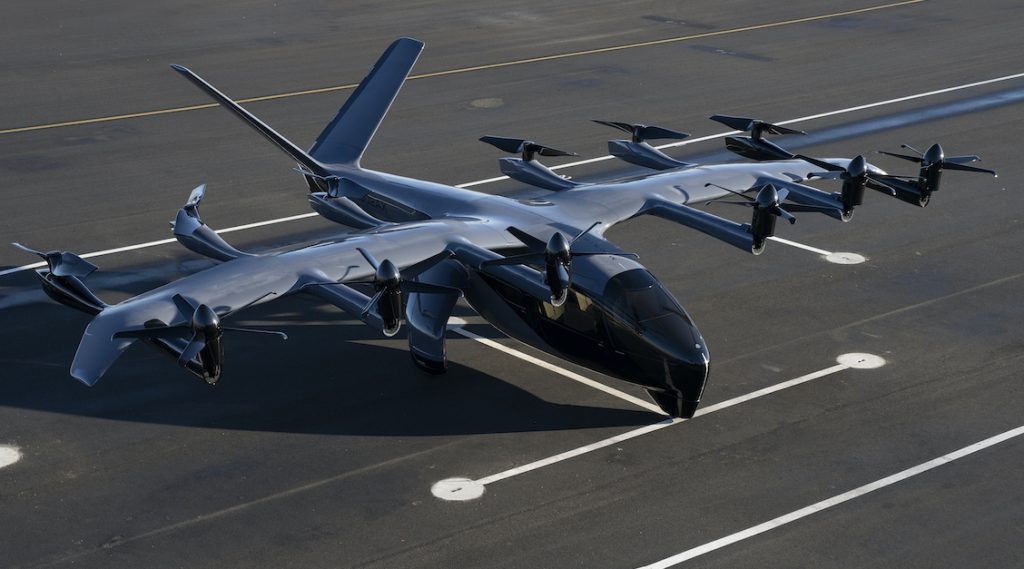
Fig. 8 – Archer eVTOL with 6 vertikal and 6 tilt propeller
(Mit freundlicher Genehmigung/Courtesy Archer Aviation Inc. [Media Kit])
Since electric motors are much lighter and cheaper than kerosene-powered turbines, many more propellers can be installed in an eVTOL.
This allows electric vertical takeoffs to be designed without tilt propellers, as shown in Fig. 7.
The Beta Technologies model has 4 vertical propellers for vertical takeoff and and a thrust propeller in the tail for propulsion. During cross-country flight, the vertical propellers are driven and deactivated in a current favorable position.
A combination of tilt and vertical propellers is also possible, as shown in Fig. 8 for the eVTOL from Archer Aviation.
This model has 6 vertical propellers on the trailing edge and 6 tilt propellers on the leading edge of the wing. For vertical takeoff all 12 propellers are used, for forward flight the 6 tilt propellers are moved to a horizontal position and the 6 vertical propellers are deactivated.
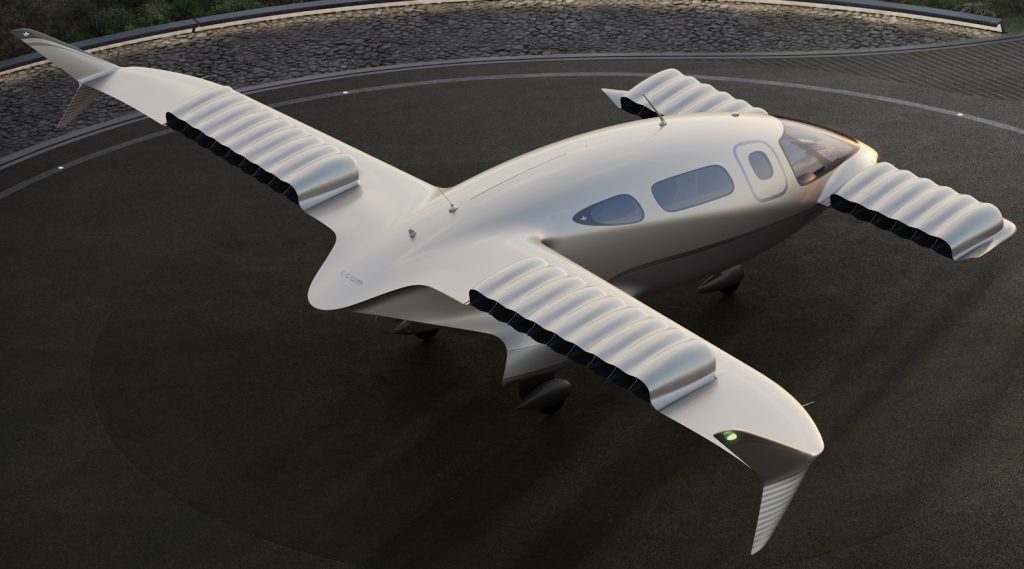
Fig. 9 – Lilium jet with 30 electric fans
(Mit freundlicher Genehmigung/Courtesy of Lilium GmbH [Media Kit])
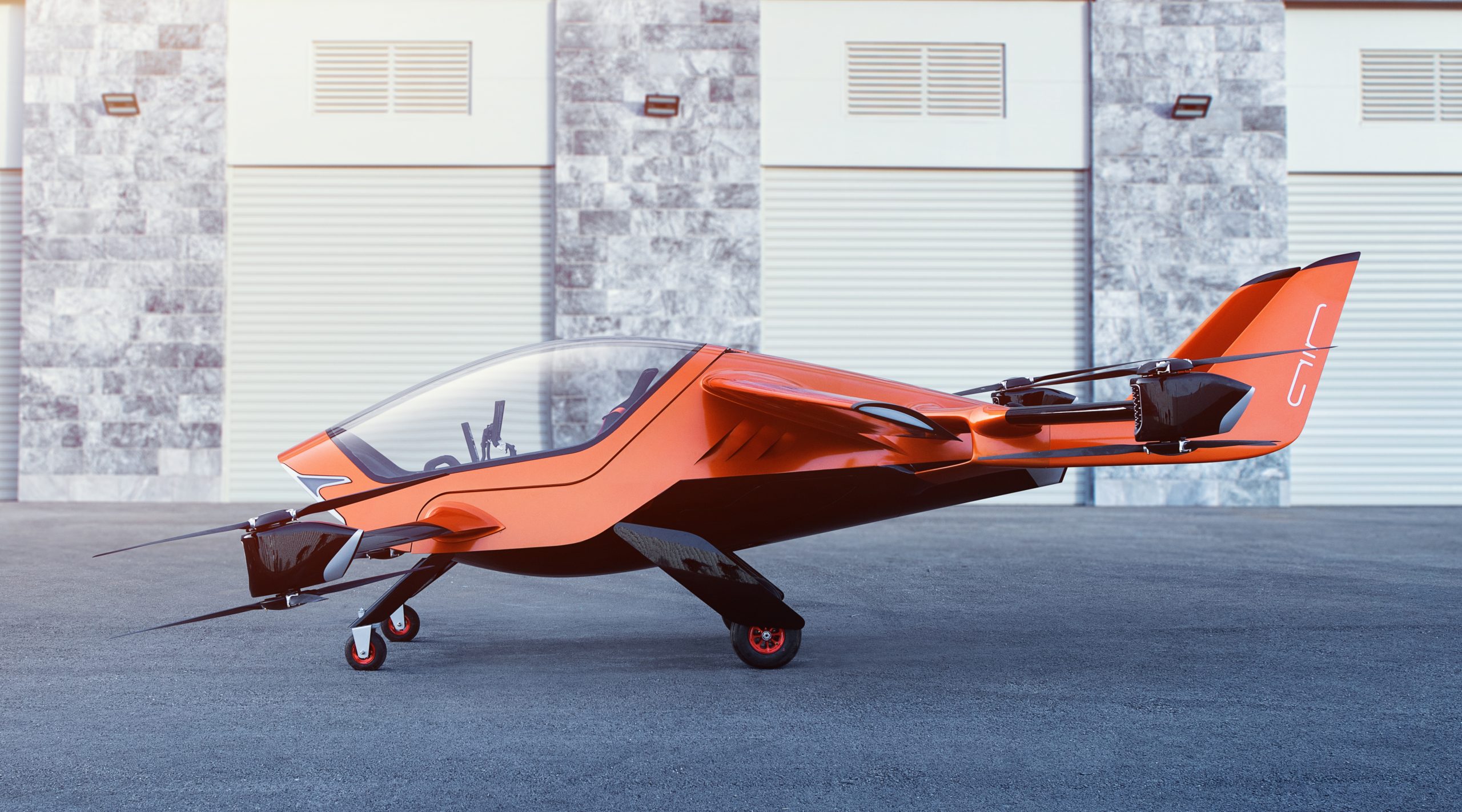
Fig. 10 – eVTOL from AIR forward inclined vertical propellers
(Mit freundlicher Genehmigung/Courtesy of AIR VEV Ltd. [Press Kit])
With 30 propellers, the Lilium Jet from the German company of the same name has the highest number of propellers. These are ducted, so Lilium refers to them as electric jet engines (Fig. 9). For vertical takeoff, the fans are folded into a vertical position.
The Israeli start-up Air is one of the companies developing an wing-based eVTOL for private customers. The model has a total of 8 propellers fixed in a vertical position with a slight incliniation in the direction of flight. The propellers are mounted on carriers in the front and at the rear of the aircraft (Fig. 10).
Many other wing-based eVTOLs have been founded around the world, see our page on start-ups for wing-based eVTOL for a complete overview.
eVTOL Business Models for Commercial Aviation
In commercial air traffic, eVTOLs will initially cover distances of up to 200 km that cannot be flown by conventional airplanes or helicopters due to lack of infrastructure, costs or noise.
Many eVTOL start-ups cite as an example the connection from the city center to the airports located on the outskirts of the city, i.e. routes that are currently served by cars or public transport in 1-2 hours. By using a vertical takeoff, the travel time can be reduced to 10-20 minutes.

Fig. 11 – Volocity over Paris
(Mit freundlicher Genehmigung/Courtesy of Volocopter GmbH [Media Hub])
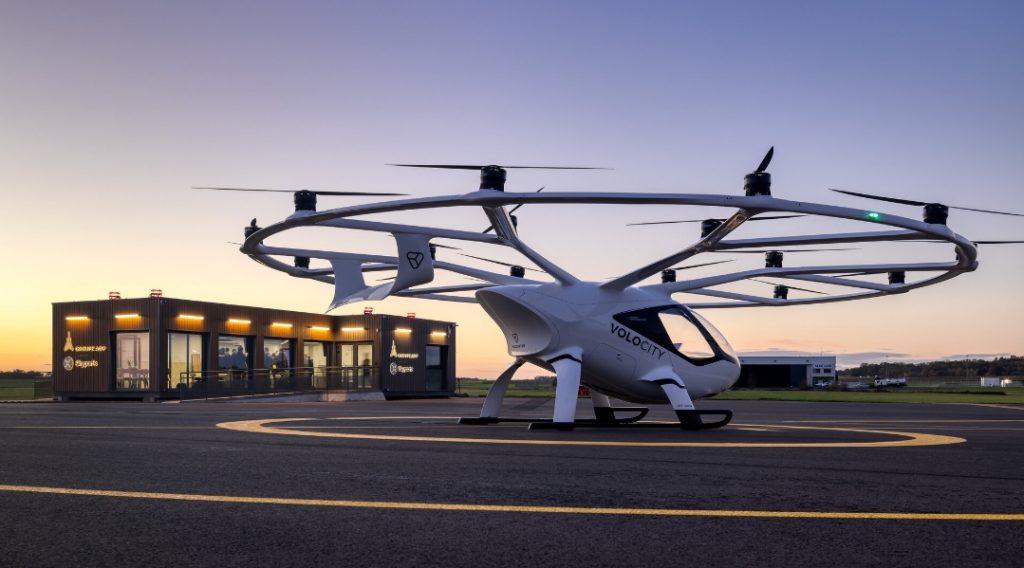
Fig. 12 – Terminal building in Pontoise-Cormeilles near Paris
(Mit freundlicher Genehmigung/Courtesy of Volocopter GmbH [Media Hub])
Upcoming high-profile events where eVTOL flights are planned include Expo 2025 in Osaka (Skydrive´s multicopter) and the 2026 Football World Cup in Los Angeles (Archer Aviation´s wing-based eVTOL).
The German company Volocopter wanted to open the first regular eVTOL-based air traffic in Paris in connection with the 2024 Olympics. The aim was to use flight corridors that have already been cleared for helicopters in order to reduce the amount of approval required from the air traffic control authorities.
A terminal building was constructed on the Pontoise-Cormeilles airfield in cooperation with the French airport operator Groupe ADP in order to test the operational procedures on the ground under realistic conditions (Fig. 12). Unfortunately, the deadline could not be met due to a lack of type approvals, among other reasons.
Further eVTOL connections between airport and city center are also expected in the USA, Asia and other cities in Europe in the coming years.
Urban centers with high traffic density and topography that is unfavorable for road traffic also offer a lot of potential for electric vertical take-off vehicles. Examples include Silicon Valley with its constantly overcrowded highways and bridges that act as the eye of a needle into the surrounding countryside, Norway with its island and fjord landscape, and the city state of Singapore.
But eVTOL fliers also have many potential applications in rural areas, such as tourism.
Examples include sight-seeing flights through the Gran Canyon in the USA or at popular waterfalls such as Niagara and Igazu (America) or Victoria (Africa).
The quiet eVTOLs are also an advantage on safari in the Serengeti, as they are barely audible even at medium altitudes, making them ideal for non-invasive wildlife observation.
Aircraft for commercial aviation have to go through a demanding and time-consuming certification process.
Most of the eVTOL manufacturers we presented in the previous section Wing-based eVTOL will therefore not be able to start selling them until 2025 at the earliest. Until then, the companies will need solid financing to be able to handle the high expenses for development, production and approval.
Not all start-ups will survive until 2025, as the example of Kitty Hawk shows. Launched in 2010 by none other than Larry Page, one of Google’s two founders, development ceased in 2022. The business model envisaged remote-controlled cab flight operations, which does not seem very profitable with only a single-seat flight model.
The euphoria from the early years has also given way to a certain sobriety at the two German start-ups Lilium und Volocopter. Both companies are no longer led by their respective founders, but by former Airbus managers who have brought strict cost discipline to the start-ups.
eVTOL Busines Models for private Aviation
In many countries, certification regulations for private aviation are much simpler than for commercial aviation; some eVTOL start-ups also benefit from this situation.
In the U.S., single-seat aircraft do not require certification at all if the payload is less than 113 kg (250 lb) and maximum speed is less than 102 km/h (60 mph). Aircraft in this category are classified as Ultra-Light-Vehicles (ULV) by the US Federal Aviation Administration (FAA) [3].

Fig. 13 – Multicopter Jetson ONE from Jetson Aero
(Mit freundlicher Genehmigung/Courtesy of Jetson AB [Homepage])
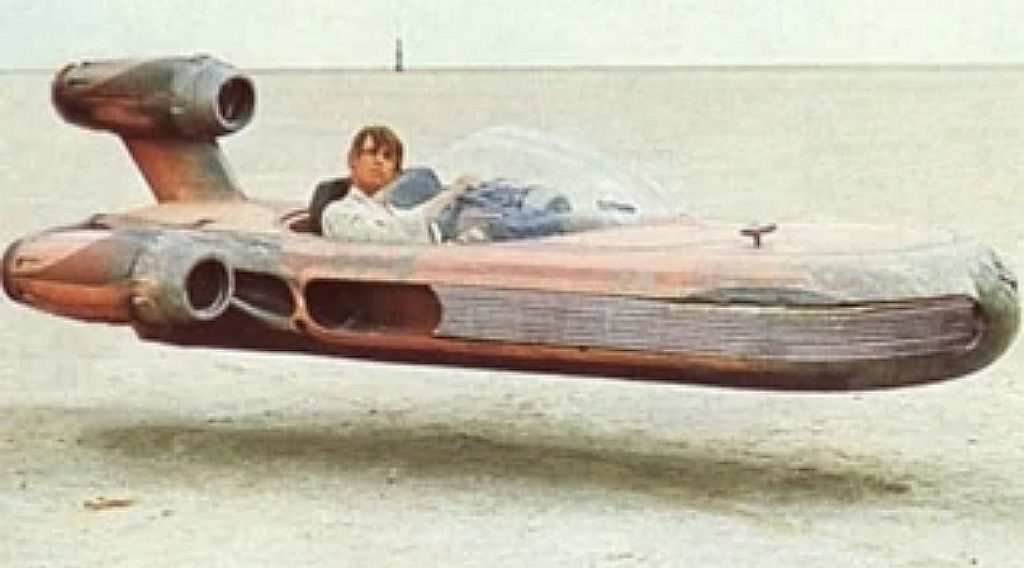
Fig. 14 – Luke Sykwalker in the X34 Landspeeder (Star Wars, 1977)
(Mit freundlicher Genehmigung/Courtesy of THE WALT DISNEY COMPANY)
The single-seat multicopter Jetson ONE (Fig. 13) developed by the Swedish company Jetson Aero falls under the ULV criteria and has already been sold to private customers since 2022. This makes Jetson a global leader among startups focusing on private aviation.
The video of the Jetson ONE flying over a dune landscape really fascinated us in the editorial team. It is reminiscent of Luke Skywalker gliding over the desert in the X34 Landspeeder (Fig. 14).
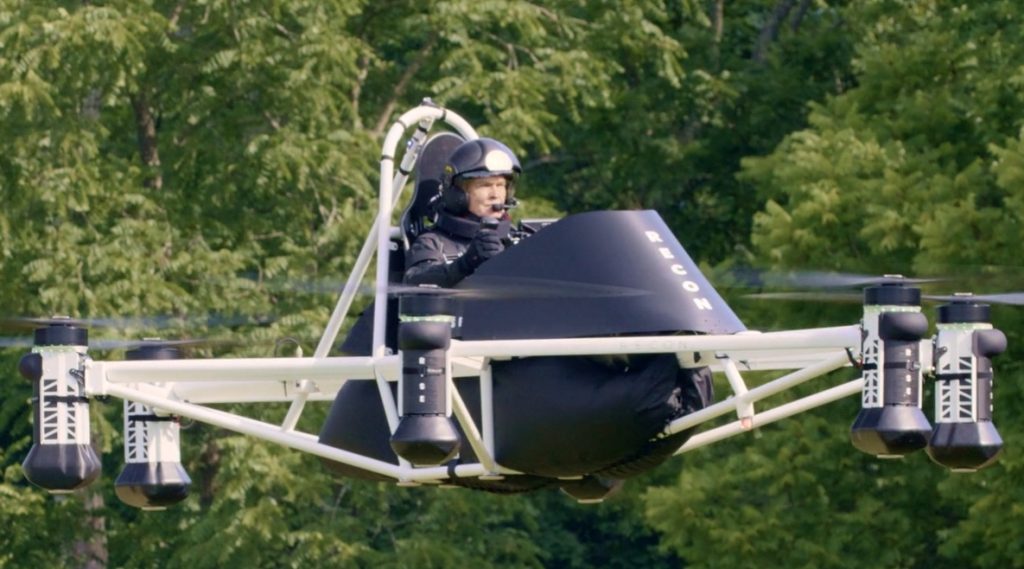
Fig. 15 – Multicopter from Ryse Aero
(Mit freundlicher Genehmigung/Courtesy of Ryse Aero Technologies, LCC [Homepage])
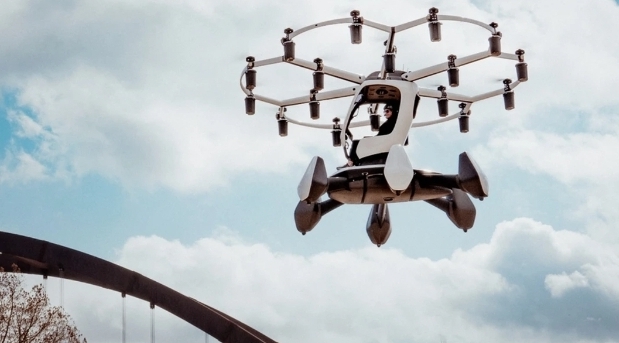
Fig. 16 – Multicopter from LIFT Aircraft
(Mit freundlicher Genehmigung/Courtesy of LIFT Aircraft Inc. [Homepage])
Two U.S. startups, Ryse Aero and LIFT Aircraft, are also developing multicopters to the FAA Ultra-Light-Vehicles specification:
- Ryse Aero was founded in Ohio, a rural area of the U.S. with very large farms. Accordingly, Ryse markets its vertical takeoff (Fig. 15) as a working tool for farmers. The multicopter is designed to help round up cattle, inspect fences or check the growth of crops.
- Similar to Jetson, LIFT Aircraft is focusing on recreational flying, but wants to rent out its multicopter (Fig. 16) rather than sell it. Flight reservations in various areas of the USA can already be made on the homepage.
Sources:
[2] CIVATA-Report: A REVIEW OF MARKET FORECASTS FOR THE COMMERCIAL DRONE AND URBAN AIRMOBILITY MARKETS
[3] https://www.faa.gov/documentLibrary/media/Advisory_Circular/AC_103-7.pdf
